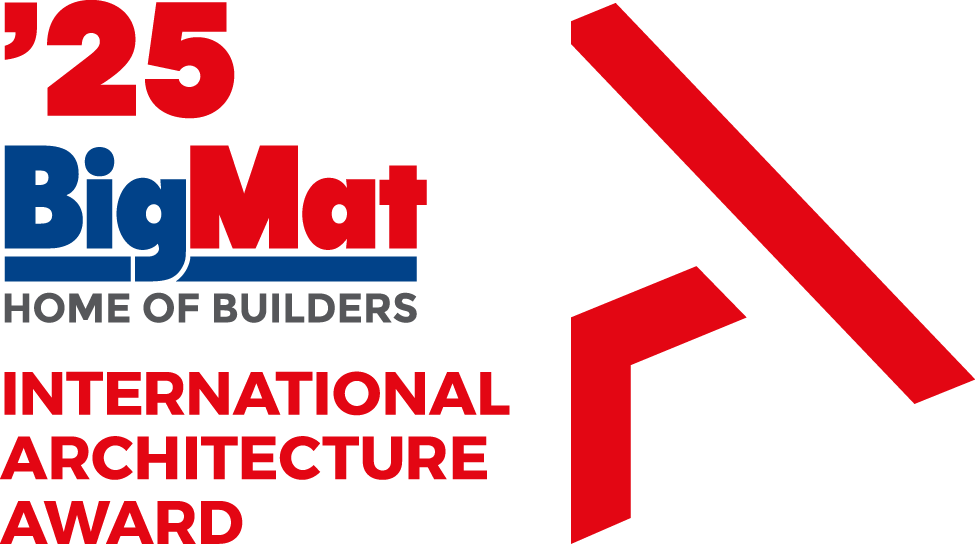The exhibition Good News aspires to document how new figures are infusing new forces into contemporary architecture. In particular, concerning the Museum’s Collection and the aim of expanding it, the exhibition pays particular attention to studios’ work directed or co-chaired by female designers and those professional bodies that are more aware of the changes taking place integrating them into their design process.

The anthropological change of the architectural profession from the twentieth-century stereotype of the charismatic grandmaster to the growing presence of women, collectives and studio couples.
Practical info
“Good News. Women in Architecture”
16 December, 2021 – 23 October, 2022
MAXXI Rome
Via Guido Reni, 4a, 00196 Roma RM
Italy
On display, among other things, are some of the names and stories that have had, or still have, a crucial impact: from Charlotte Perriand to the 1970s collectives, from Elizabeth Diller to “realised” young promises such as Frida Escobedo and much more. The exhibition also includes a series of video interviews with authors/authors that reconstruct the stories and theories that accompany this narrative.
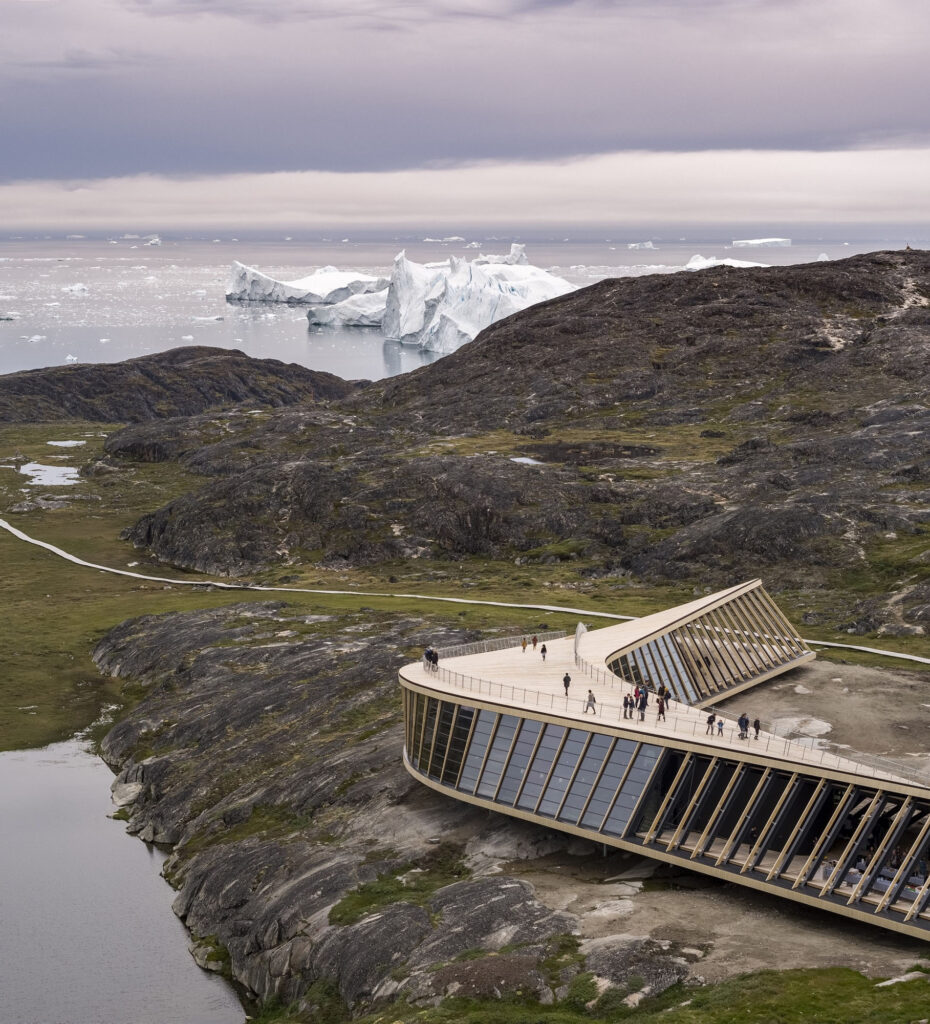
Rome, 15 December 2021. From Signe Hornborg, the first woman in the world to graduate in architecture, in Helsinki in 1890, to Zaha Hadid, the first architect to receive the prestigious Pritzker Prize in 2004. From Norma Merrick Sklarek, defined as the Rosa Parks of architecture, the first African American to have access to the profession in 1954, to icons of modernist design such as Charlotte Perriand and Eileen Gray. From Ada Louise Huxtable, inventor in the 60s of architecture criticism with her column in the New York Times and winner of the Pulitzer Prize in 1970, to Italian “pioneers” such as the landscape architect Maria Teresa Parpagliolo, up to some of the most interesting exponents and representative of the firmament of contemporary architecture. Among them, the well-known Elizabeth Diller and Kazuyo Sejima or the young emerging Francesca Torzo and Lucy Styles, already present in the MAXXI Architettura collection.
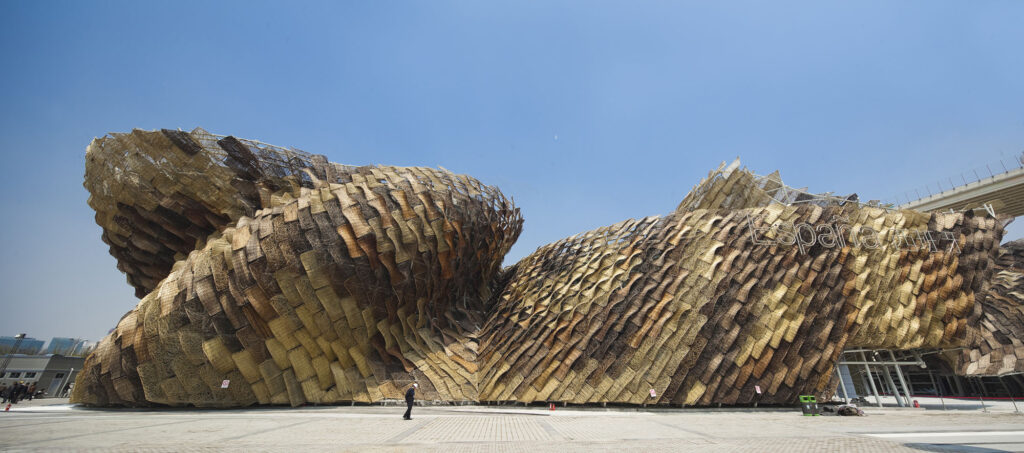
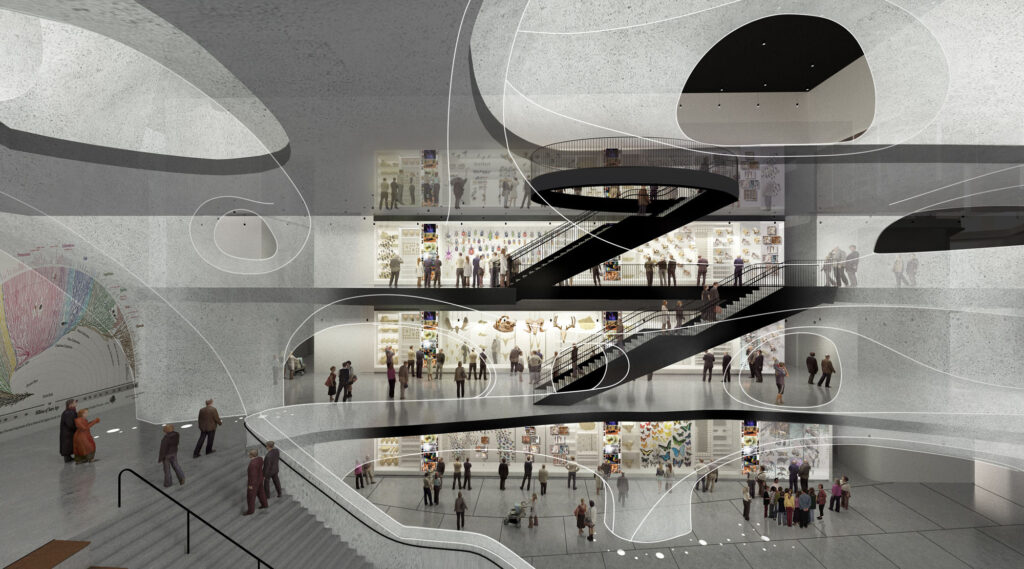
These are some of the protagonists of the GOOD NEW exhibition. women in architecture, curated by Pippo Ciorra, Elena Motisi and Elena Tinacci, with a female installation designed by Matilde Cassani, at MAXXI from 16 December 2021 to 11 September 2022. Among the sponsors of the exhibition, Groupama Assicurazioni, which confirms the its commitment to culture alongside MAXXI.
Through a historical narrative and a broad overview of the current international situation, the exhibition tells the evolution of the profession of architect in the last century, with the overcoming of
stereotype of the great master, undisputed head of the studio, in favor of a new geography of the profession in which the presence of women is becoming stronger and more authoritative.

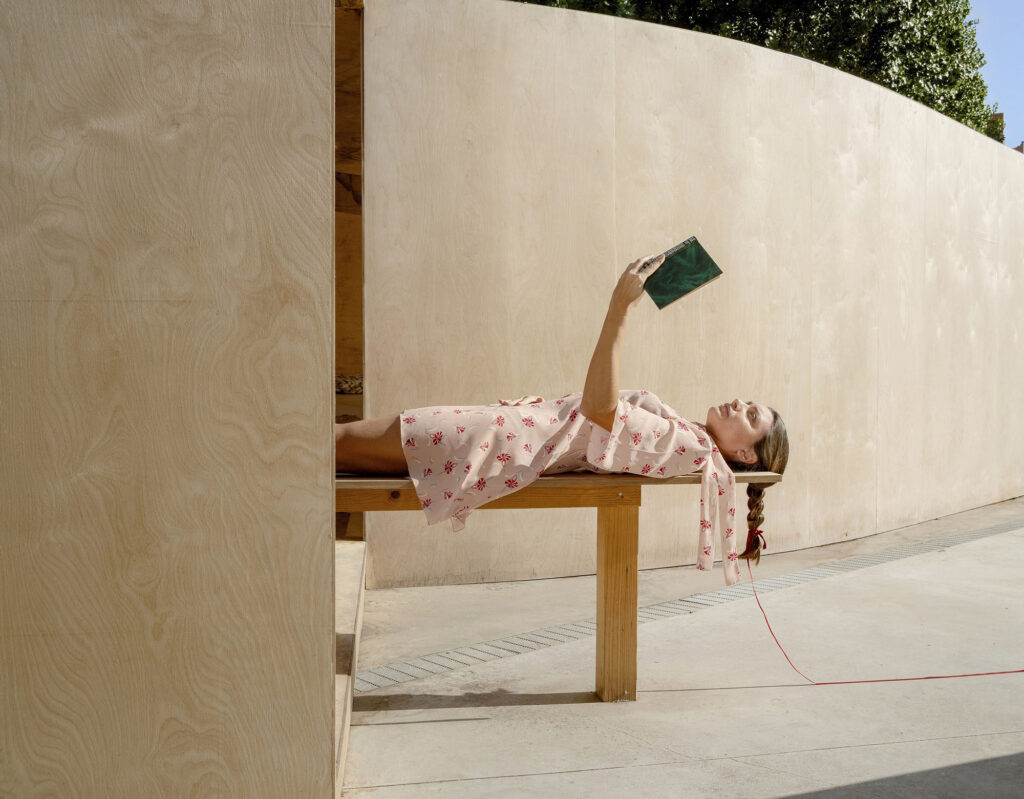
This “anthropological mutation” reflects a series of epochal changes in society and, consequently, in the role of architecture, which today is confronted with social and environmental issues, with technology, with activism for gender equality and against any discrimination.

The curators comment: “GOOD NEW is an important exhibition for MAXXI, which allows us to continue in our intent to tell an evolving architectural universe and to promote the best energies. At least three themes we would like to highlight. The first is the growing process of liberation of the professional world of architecture from prejudices and habits that have often held back the affirmation of women and other “non-standard” subjects (collectives, couples, open formations). The second concerns the impression that the enlargement of the professional audience in the sense of gender equality contributes positively to the ability of architecture to respond to the urgencies of the present, especially in terms of ecological sensitivity, inclusiveness, social sustainability. The last point, finally, sees Italy, where we find many women among the best emerging (or emerged) designers, as an advanced example of this transformation “.

GOOD NEW is divided into four thematic areas: STORIES, PRACTICES, NARRATIONS, VISIONS and with the site specific installation UNSEEN by Frida Escobedo.
